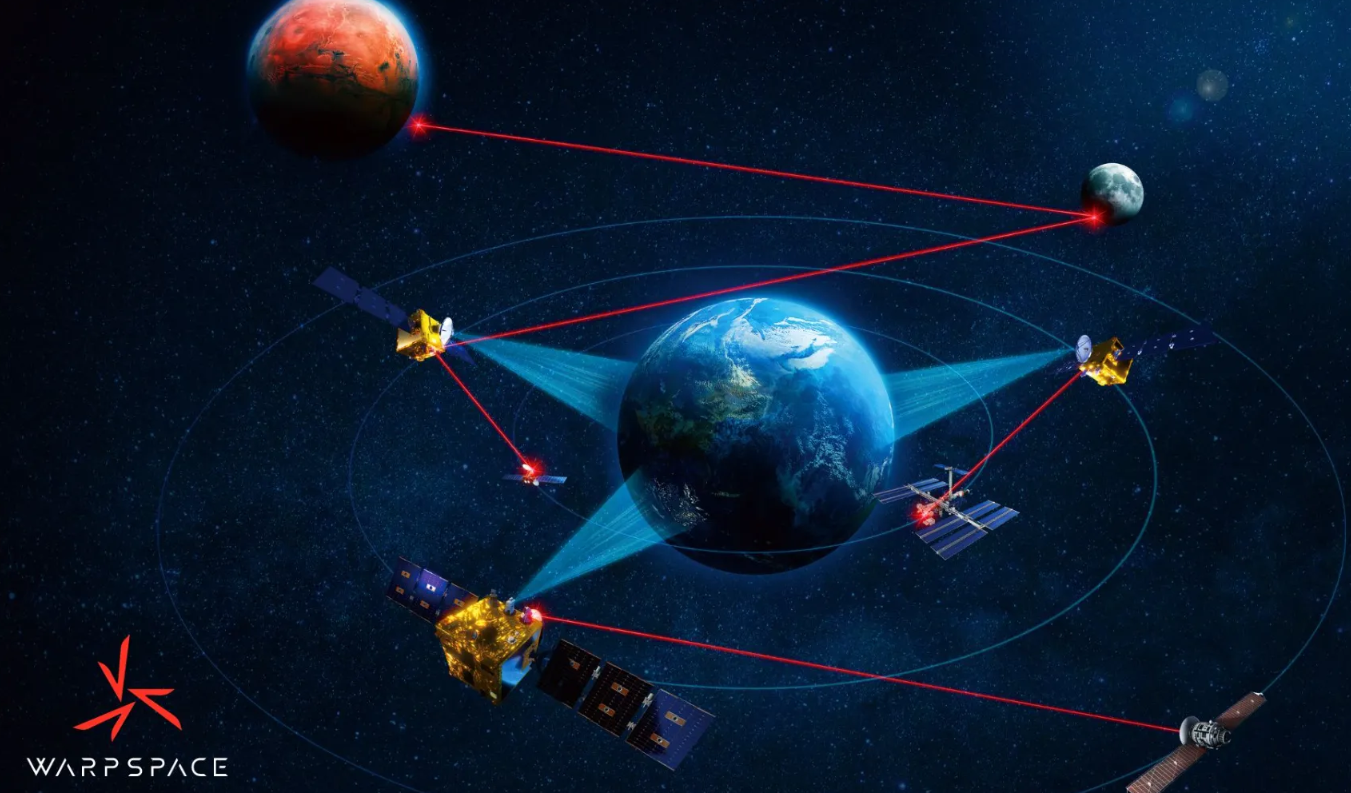
Ibadan, 26 April 2024. – WarpSpace, aiming to realize near real-time optical communication services in space using small satellites, has developed a high-sensitivity acquisition and tracking optical sensor necessary for long-distance optical communications between the Moon and Earth, under contract from the Japan Aerospace Exploration Agency (JAXA).
Through this development, WarpSpace has succeeded in increasing the sensitivity of the sensor, which will consequently improve its acquisition and tracking accuracy. This improvement of acquisition and tracking accuracy is one of the most important milestones to establish optical communication links between the Moon and Earth, over a distance of 400,000 km.
In optical communication, it is necessary to capture both satellites by optical scan as a first step to establish the communication link. However, since light is greatly attenuated between the Moon and the Earth, a high-sensitive sensor capable of detecting faint optical signals is necessary.
Furthermore, the Company has confirmed by simulation that the sensor can achieve the accuracy of “1/10,000 of a degree” necessary for the acquisition and tracking of the cis-lunar optical communication. This improvement in sensitivity is also important for the establishment of reliable optical communications in space.
In particular, the Moon exploration project requires reliable communication over a very long distance of 400,000 km. This is equivalent, for example, to the accuracy of a laser pointer pointing a basketball from Tokyo Station to the top of Mt. Fuji. The sensor successfully developed this time will play a very important role in capturing and tracking the signal.
WarpSpace will consequently lead the development of this technology together with JAXA and contribute to the mission by pursuing the “number one and only one” technology, which is indispensable for lunar and deep planetary exploration.





